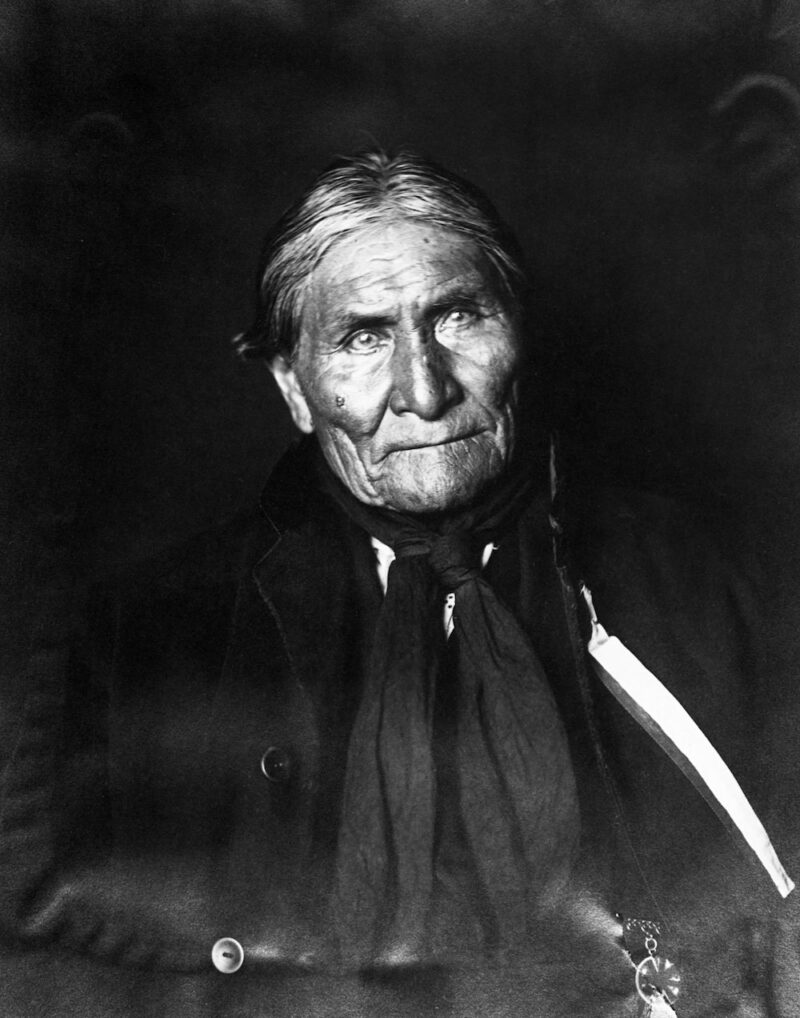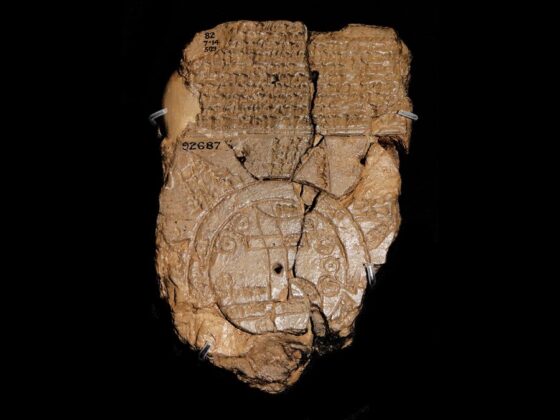Born in June 1829 in No-doyohn Canyon near present-day Clifton, Arizona, Geronimo entered the world as Goyathlay, meaning “One Who Yawns.” A member of the Bedonkohe Apache tribe, he was the fourth of eight children in his family. Geronimo’s early life followed the traditional Apache path, marked by significant milestones that shaped his future.
At the age of 17, in 1846, Geronimo achieved a crucial rite of passage when he was admitted to the Warriors’ Council. This honor granted him the right to marry, a privilege he soon exercised by wedding a woman named Alope. Together, they started a family, welcoming three children into their lives.
The mid-1850s saw Geronimo’s tribe living in relative peace, maintaining amicable relations with nearby Mexican towns and other Indian tribes. Seeking new trading opportunities, the tribe relocated to New Mexico. It was during this period of seeming tranquility that tragedy struck, forever altering the course of Geronimo’s life.
While camped near the Mexican town of Kas-ki-yeh, most of the tribe’s men, including Geronimo, left to engage in trade. They left behind a small contingent of warriors to guard their camp. Upon their return, they were confronted by a scene of utter devastation. Mexican soldiers had launched a brutal raid on the camp, leaving a trail of death and destruction in their wake.
The returning men found their camp in ruins, their guards slain, and their horses, weapons, and supplies stolen. But the most heart-wrenching discovery was yet to come. Among the massacred women and children were Geronimo’s mother, his beloved wife Alope, and all three of their children.
This profound loss transformed Geronimo. The peaceful tribesman who had lived in harmony with his neighbors was gone, replaced by a man consumed by grief and a burning desire for vengeance. He soon allied himself with the Chiricahua Apache tribe, renowned for their formidable raiding skills.
From this point forward, Geronimo became a fierce warrior, leading numerous attacks against Mexican and U.S. forces in the territories that would become New Mexico and Arizona. His raids were fueled by an unquenchable hatred for the Mexicans who had so brutally slaughtered his family.
Geronimo’s transformation from a peaceful Apache to a legendary warrior chief was born out of personal tragedy. His story became a symbol of Native American resistance against the encroachment of Mexican and U.S. settlers on Apache lands. Geronimo would go on to keep the U.S. Army at bay for decades, becoming one of the most famous Native American leaders in history.










